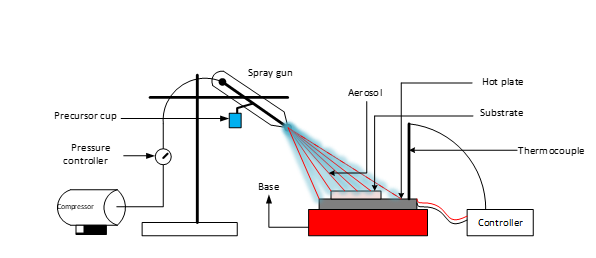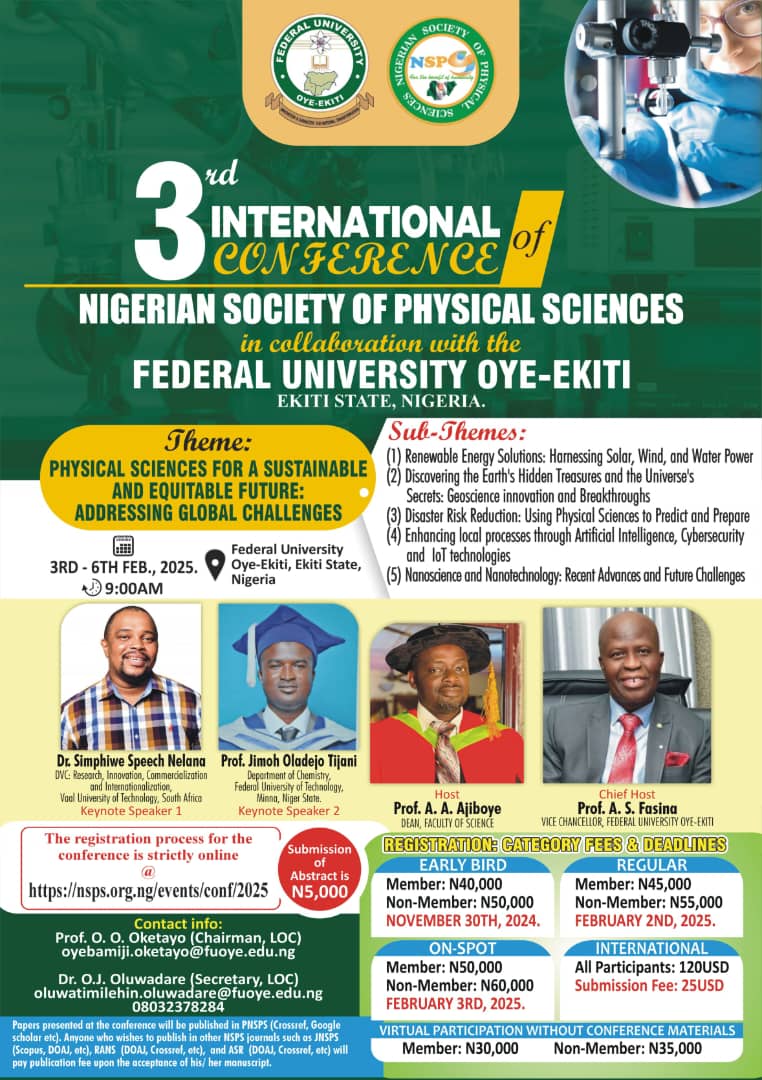Synthesis of SnO2/CuO/SnO2 Multi-layered Structure for Photoabsorption: Compositional and Some Interfacial Structural Studies
Abstract
Many metal oxide heterostructures have been synthesized as mixed oxides or layered structures for photocatalytic, photodegradation of pollutants and light-harvesting applications. However, in the layered structures the effects of interfacial properties and composition have largely not been explored. Hence, the effects of interfacial mixing and diffusion of sandwiched thin CuO layer on optical absorption of as-deposited and heat-treated multi-layered structured SnO2/CuO/SnO2 films were studied. The RBS analysis of the as-deposited films showed the presence of a minute amount of Cu in the surface and bottom SnO2 layers of the structure. We attributed this to inhomogeneous layer thickness evidenced by very low Sn/Cu atoms ratio of the CuO layer. However, the thermal treatment of the layered structure led to pronounced interlayer mixing and consequent formation of SnO2-CuO solid solutions throughout the layered structure. The layer integrity of the inserted CuO of the as-deposited films was very high and the as-deposited structure was far more optically absorbing. However, the annealed structure showed lesser optical absorption because of the onset of interfacial mixing and improved crystallization. This reflected in the optical bandgap variations of the as-deposited and annealed multilayered structures. The significance of this result is that the multi-layered films possess band narrowing – evidence of increased photon absorption - making it a better candidate than pure SnO2 oxide for photocatalysis, photodegradation and photodetection applications. It also pointed to the fact that attention must be paid to effects of heat treatments or annealing when inserting an absorbing layer into a photocatalyst or a material meant for photodegradation or any light-harvesting material.

Published
How to Cite
Issue
Section
Copyright (c) 2021 Journal of the Nigerian Society of Physical Sciences

This work is licensed under a Creative Commons Attribution 4.0 International License.






